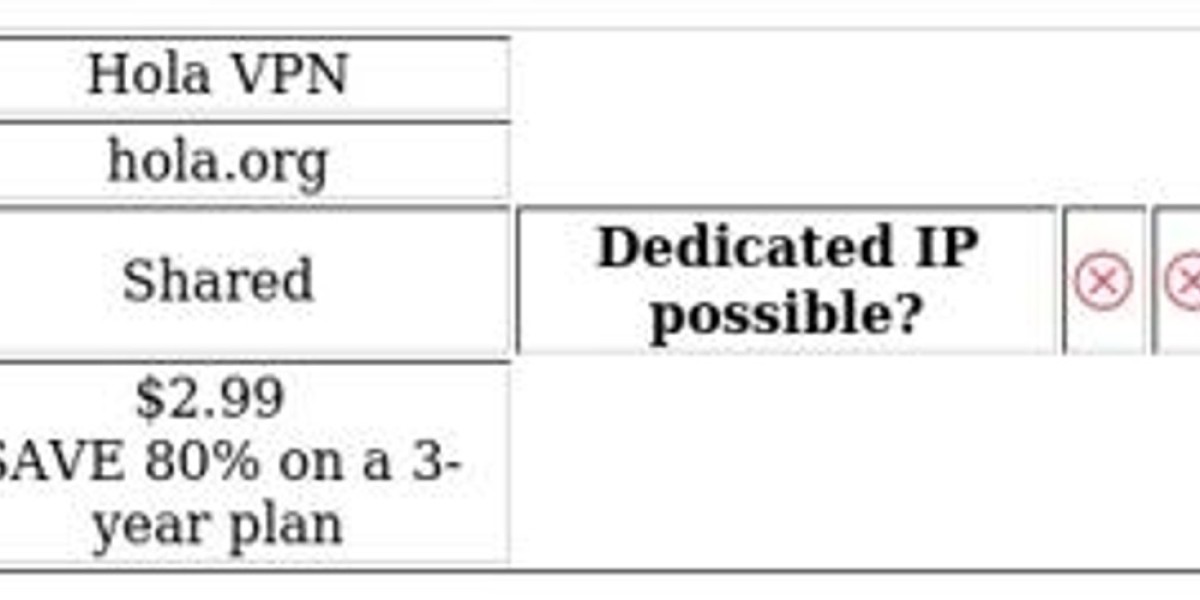Sticker Printers: Driving Creativity and Efficiency in Labeling Solutions
In today’s fast-paced business environment, sticker printers have become indispensable tools for branding, packaging, and organizational needs. From retail labels to custom decals, sticker printers enable businesses and individuals to produce high-quality, durable stickers on demand, fostering creativity and operational efficiency.
? What is a Sticker Printer?
A sticker printer is a specialized printing device designed to produce adhesive labels or decals on various materials such as paper, vinyl, or polyester. These printers use inkjet or thermal printing technologies to create vibrant, precise images and text that adhere securely to surfaces.
? Market Overview and Growth Drivers
The global sticker printer market is experiencing robust growth, fueled by increasing demand in retail, manufacturing, healthcare, and logistics. Valued at around USD 2 billion in 2023, the market is expected to grow at a CAGR of 7-8% through 2030.
Key growth drivers include:
Rise of e-commerce: Need for customized packaging and branding.
Small and medium business adoption: Demand for in-house labeling solutions.
Technological advancements: Improved print quality and faster print speeds.
Environmental concerns: Growth in eco-friendly printing materials.
? Types of Sticker Printers
Thermal Transfer Printers: Use heat to transfer ink from a ribbon onto the label, producing durable and long-lasting stickers.
Direct Thermal Printers: Print directly on heat-sensitive paper without ink or ribbon, ideal for short-term labels like shipping tags.
Inkjet Printers: Provide vibrant colors and high resolution, suited for detailed designs and photo-quality stickers.
Laser Printers: Offer fast printing with sharp text, often used for mass production.
? Applications
Retail and Branding: Price tags, promotional stickers, and product labels.
Logistics and Warehousing: Barcode labels, shipping tags, and inventory management.
Healthcare: Patient ID labels, prescription tags, and equipment labeling.
Food and Beverage: Nutritional labels, expiry dates, and branding stickers.
Arts and Crafts: Custom decals and decorative stickers.
? Benefits of Using Sticker Printers
Customization: On-demand printing tailored to specific needs.
Cost Efficiency: Reduces reliance on bulk-ordered labels.
Speed and Convenience: Quick turnaround times for urgent labeling.
Durability: Advanced printers produce weather-resistant and tamper-proof stickers.
Integration: Compatible with inventory and design software for streamlined operations.
? Future Trends
Smart Printers: IoT-enabled devices for remote monitoring and maintenance.
Eco-friendly Materials: Increased use of biodegradable and recyclable substrates.
Multi-functional Devices: Printers capable of handling multiple label types and sizes.
Enhanced Software: Advanced design and print management tools for greater user control.
? Conclusion
Sticker printers have revolutionized how businesses handle labeling, enabling greater flexibility, creativity, and efficiency. As technology continues to evolve, these devices will play an even bigger role in helping brands stand out and operations run smoothly across industries.








